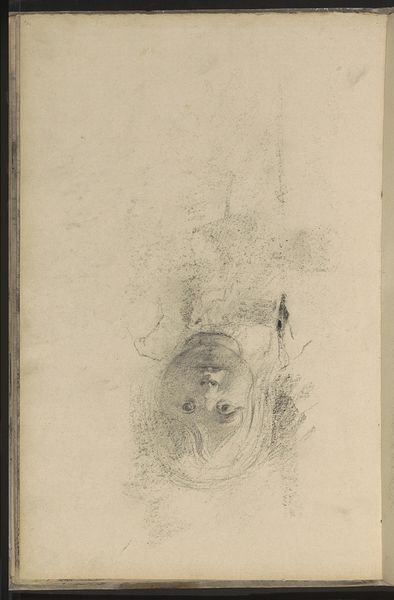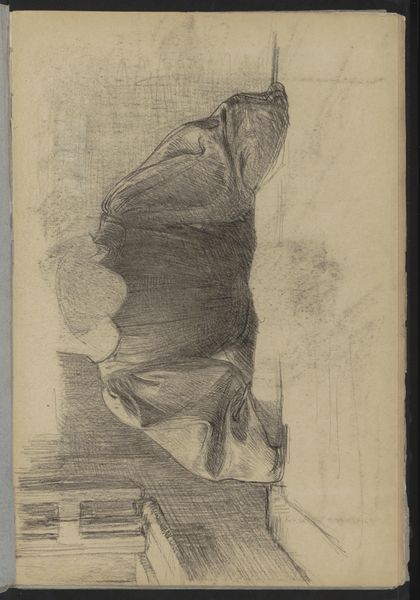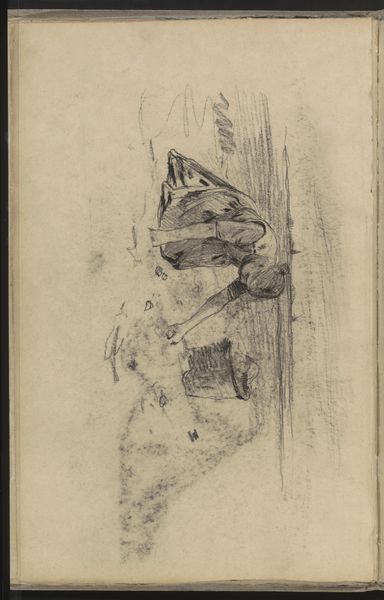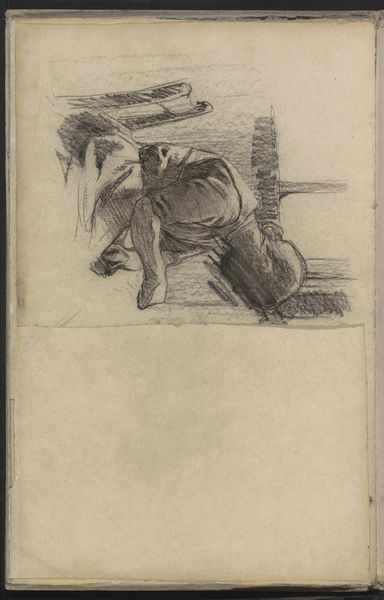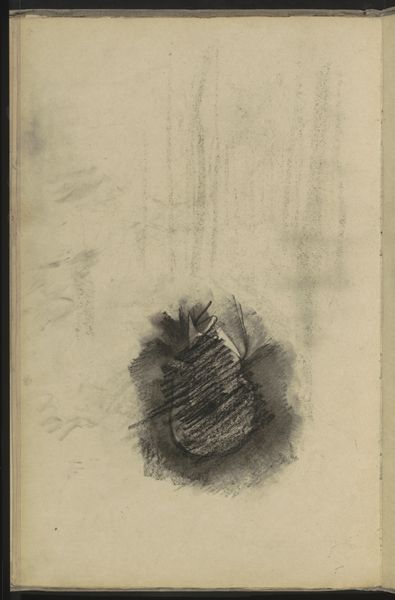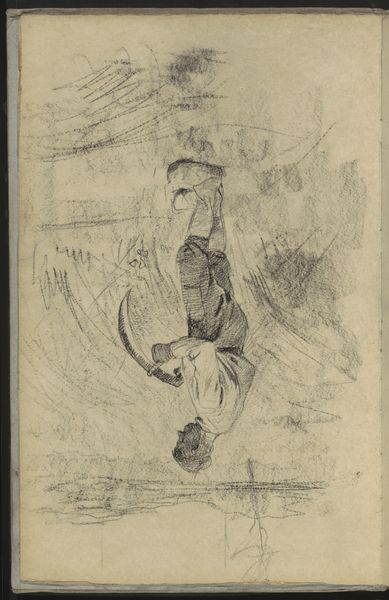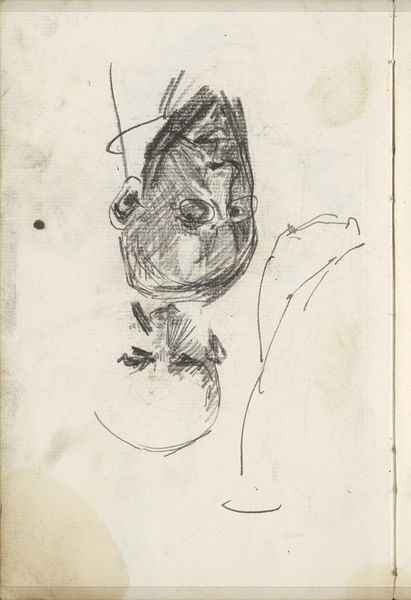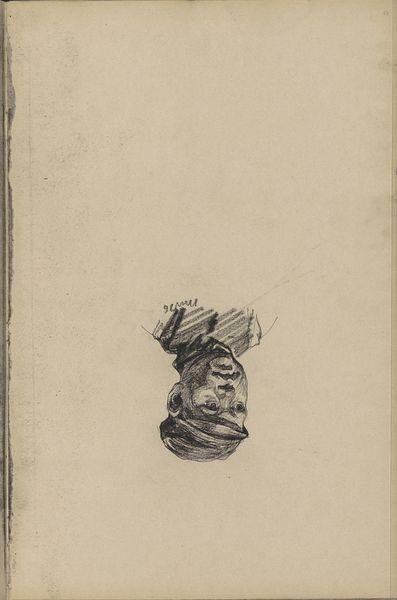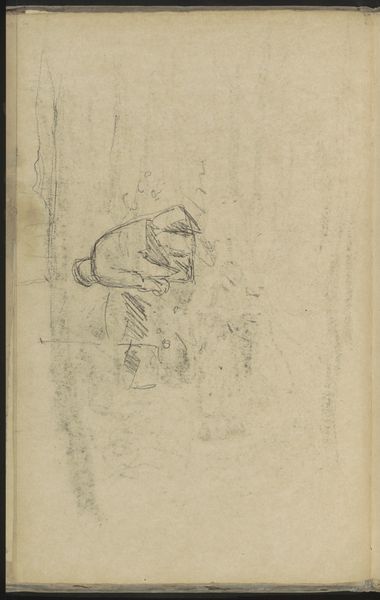
drawing, charcoal
#
portrait
#
pencil drawn
#
drawing
#
pencil sketch
#
charcoal drawing
#
pencil drawing
#
charcoal
#
realism
Copyright: Rijks Museum: Open Domain
Curator: Before us is "Bust of a Woman," attributed to Willem Witsen, likely from 1886, and held here at the Rijksmuseum. It's rendered in both charcoal and pencil on paper. Editor: Immediately, the tonality strikes me—the grays and blacks create a somber, almost ghostly presence. The hatching and smudging lend it an unfinished, sketch-like quality that draws you into its process. Curator: Witsen was a prominent figure in the Amsterdam Impressionist movement, which sought to depict everyday life with an emphasis on atmosphere and personal feeling. This work offers insight into the role of women and artistic circles within late 19th-century Dutch society. The direct gaze invites interpretation, given women’s position in visual culture then. Editor: The rough strokes around the subject form an ambiguous background, pulling my focus firmly to the face. Look at the eyes—large, expressive, almost pleading, contrasted with the tightly closed mouth. There's a psychological intensity in this portrait, achieved through remarkably economic means. It’s interesting how the looseness of the drawing emphasizes a precise emotional moment. Curator: Considering Witsen's circle of artistic and literary friends, one wonders about the sitter’s place within that community, perhaps captured in a quick sketch during a gathering. Realism here goes beyond mere representation, engaging with a world of shifting social identities. Editor: The smudging of the charcoal softens the contours of the face, almost blurring the edges of her identity. Note also, above the portrait, the scribbled lines that have been firmly, darkly, canceled. There is also a light annotation on the drawing. Why were they discarded, and what effect did that decision have on the final image? Curator: Indeed. The cancellation certainly frames interpretation, leading one to ponder the nature of portraiture at this time, its negotiation of individual presence and representation, especially of women in an age marked by stringent social codes. Editor: This piece serves to highlight that portraiture encompasses more than resemblance; it is about feeling, process and withholding, and how those aesthetic choices inform how we receive an image from the past. Curator: Yes. For me, it offers a lens onto the construction of social portraiture, its performance on paper within specific circles and the dialogues that they engendered.
Comments
No comments
Be the first to comment and join the conversation on the ultimate creative platform.
